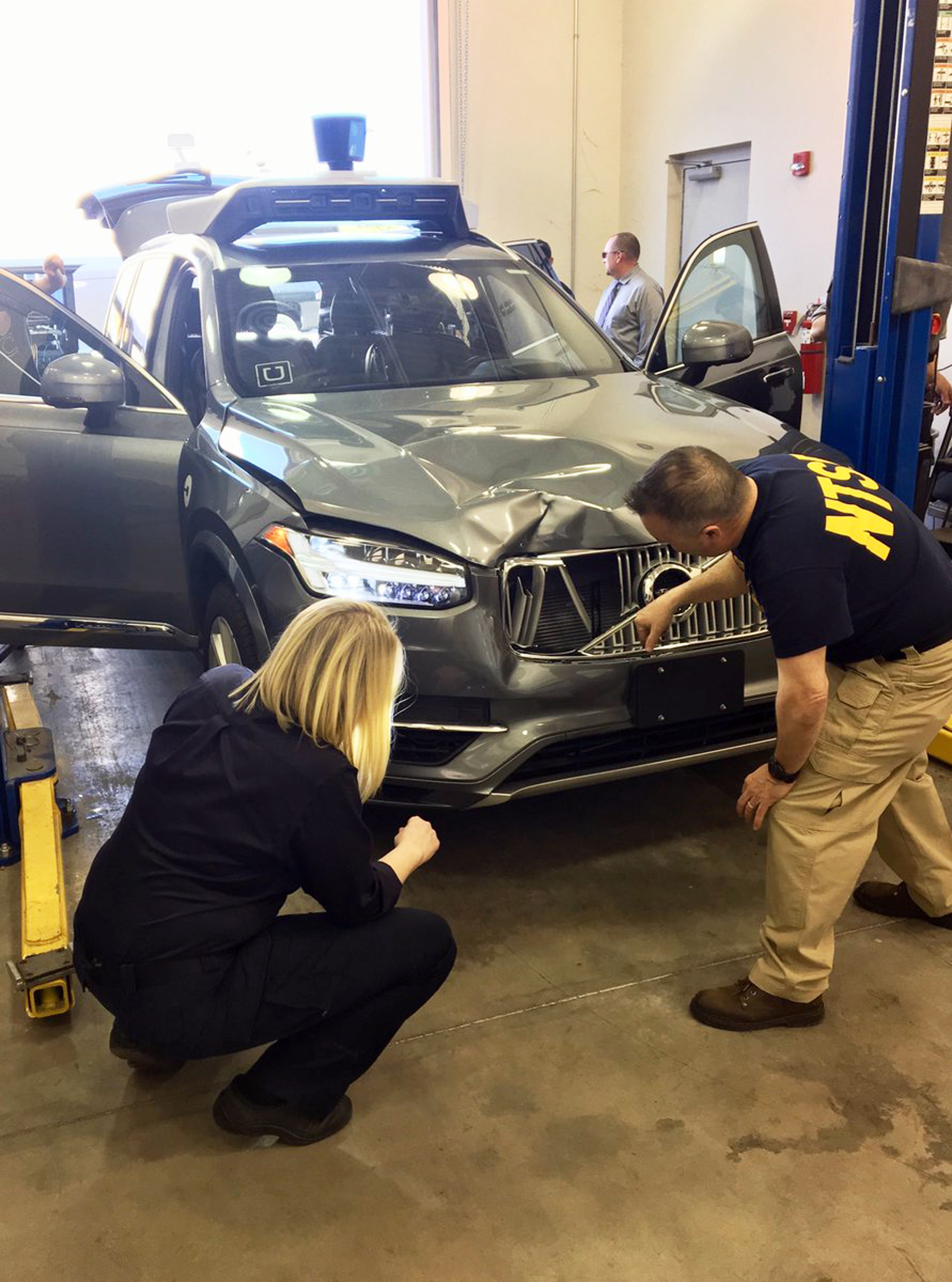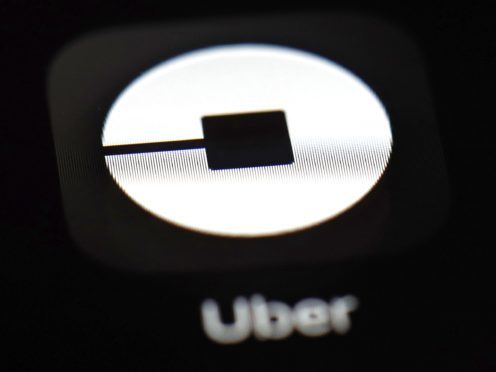An autonomous Uber car spotted a pedestrian about six seconds before fatally hitting her but did not stop because the system used to automatically apply brakes in potentially dangerous situations had been disabled, US federal investigators said.
In a preliminary report on the crash, the National Transportation Safety Board (NTSB) said emergency braking manoeuvres are not enabled while Uber’s cars are under computer control “to reduce the potential for erratic vehicle behaviour”.
Instead, Uber relies on a human backup driver to intervene but the system is not designed to alert the driver.
In the crash in March, the driver began steering less than a second before impact but did not brake until less than a second after impact, according to the preliminary report, which does not determine fault.
A video of the crash showed the driver looking down just before the vehicle struck and killed 49-year-old Elaine Herzberg in Tempe, Arizona.

Uber said in a statement that it has worked closely with the NTSB and is doing an internal review of its self-driving vehicle programme.
The company has also brought in former NTSB chairman Christopher Hart “to advise us on our overall safety culture, and we look forward to sharing more on the changes we’ll make in the coming weeks”.
The NTSB report comes a day after Uber pulled its self-driving cars out of Arizona, eliminating the jobs of about 300 people who served as backup drivers and performed other jobs connected to the vehicles.
Uber had suspended testing of its self-driving vehicles in Arizona, Pittsburgh, San Francisco and Toronto while regulators investigated the cause of the March 18 crash.
Sensors on the fully autonomous Volvo XC-90 SUV spotted Ms Herzberg while the car was travelling at 43mph and determined that braking was needed 1.3 seconds before impact, according to the report.
Ms Herzberg was pushing a bicycle across a boulevard in the darkness when the crash occurred on a part of the road that had no crossing and was not lit, the report said.
She was wearing dark clothing and did not look in the direction of the vehicle until just before impact.
A toxicology report showed that she tested positive for methamphetamine and marijuana, according to the NTSB.
The bicycle had no side reflectors and the front and back reflectors were perpendicular to the Uber SUV.
Uber also disabled the Volvo’s factory-equipped automatic emergency braking system when the vehicle is in autonomous mode, the report said.
In an interview with the NTSB, Uber’s backup driver said she had been monitoring the “self-driving interface”.
While her personal and business telephones were in the vehicle, she said neither was in use at the time of the crash.
The NTSB said that all other aspects of the SUV’s self-driving system were running normally at the time, and there were no faults or diagnostic trouble messages.
The agency, which can make safety recommendations to other federal agencies, said information in the preliminary report can change as the investigation progresses and that no conclusions should be drawn from the report.
The NTSB preliminary report does not provide “any decisive findings or conclusions”, said Daniel Scarpinato, spokesman for Arizona governor Doug Ducey.
“We await the more thorough and final investigative report. Uber’s self-driving vehicle suspension remains in place.”
